La Arenera, Nicaragua
By Geoffrey McCafferty (2009)
La Arenera is located at the base of a volcano on the northwest side of Managua, off of the highway to Leon. In 2000 we excavated at a Tempisque period (c. 500 BCE-300 CE) site that had been covered over by volcanic sandy ash. La Arenera (literally "the sand quarry") lies beneath a two meter thick deposit of coarse sand that is being quarried for construction material (Fig. 1). Work crews remove the profitable sand, leaving the lower levels intact. The lower level consists of the Tempisque period occupation that was apparently buried by the volcanic eruption.
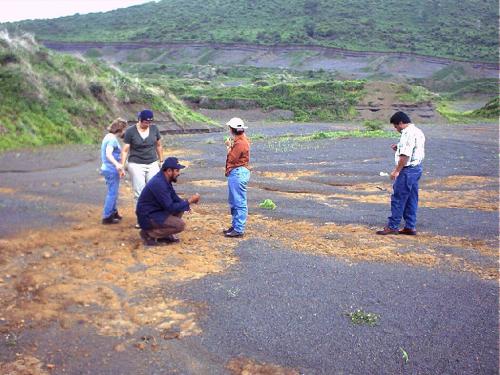
Figure 1: Standing on the archaeological surface, with volcanic sand layer in profile
The archaeological deposits are easily exposed beneath the sand. The soil is hard-fired, probably as a result of the heat of the volcanic deposit. House floors and on-floor artifacts are identifiable, again suggesting that the occupation was terminated as a result of the eruption (Fig. 2). During our brief visit to the site we surveyed surfaces exposed by the quarrying, to conclude that the pre-Columbian occupation covered a large area, at least 40 hectares.

Figure 2: Floor contact feature visible on surface
Several excavation units were laid out over visible features. Unit 1 exposed part of a burnt floor (Fig. 3). Unit 2 encountered a ceramic vessel crushed in situ (Figs. 4 & 5). Unit 5 excavated a hearth which featured calcined deer bone and abundant carbonized wood (Fig. 6)
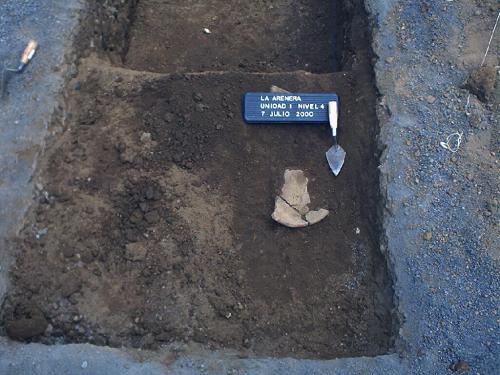
Figure 3: Unit 1 with burnt floor surface and vessel fragment
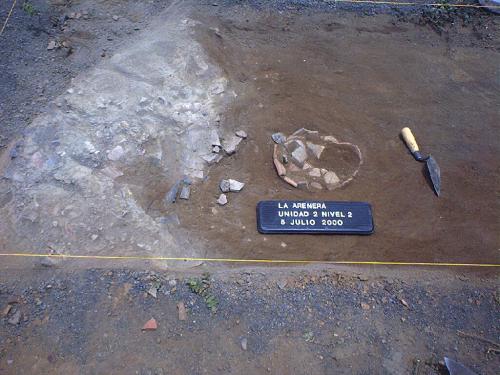
Figure 4: Unit 2 with crushed pot in situ

Figure 5: Unit 2, level 4, beside crushed pot
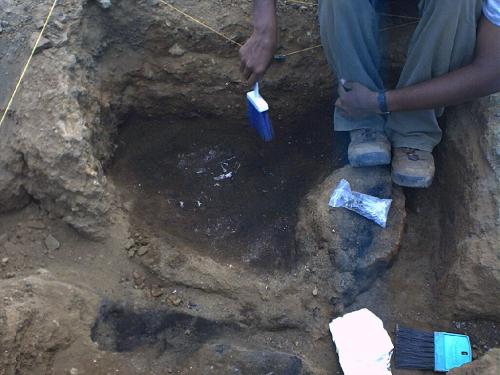
Figure 6: Unit 5 hearth
Preliminary analysis of the material remains indicated a high number of Usulutan-like resist painted pottery, similar to the ceramics found at the type-site in El Salvador (Fig. 7). There were also examples of Rosales Incised Black on Red pottery, diagnostic of the Tempisque period (Fig. 8). The most abundant lithic material was obsidian, especially large flakes. Both the Usulutan-like pottery and the obsidian indicate trade with the southern periphery of Mesoamerica. More detailed analysis of the La Arenera artifacts is underway, especially by Rejane Boudreau Rojas.
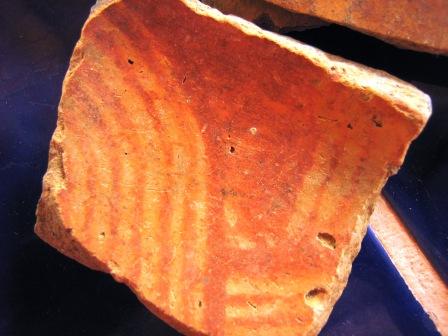
Figure 7: Usulutan-like sherd from La Arenera

Figure 8: Rosales Black on Red Incised pottery from La Arenera

Figure 9: Meaghan Peuramaki-Brown cleaning a semi-complete vessel

Figure 10: Field crew at La Arenera

